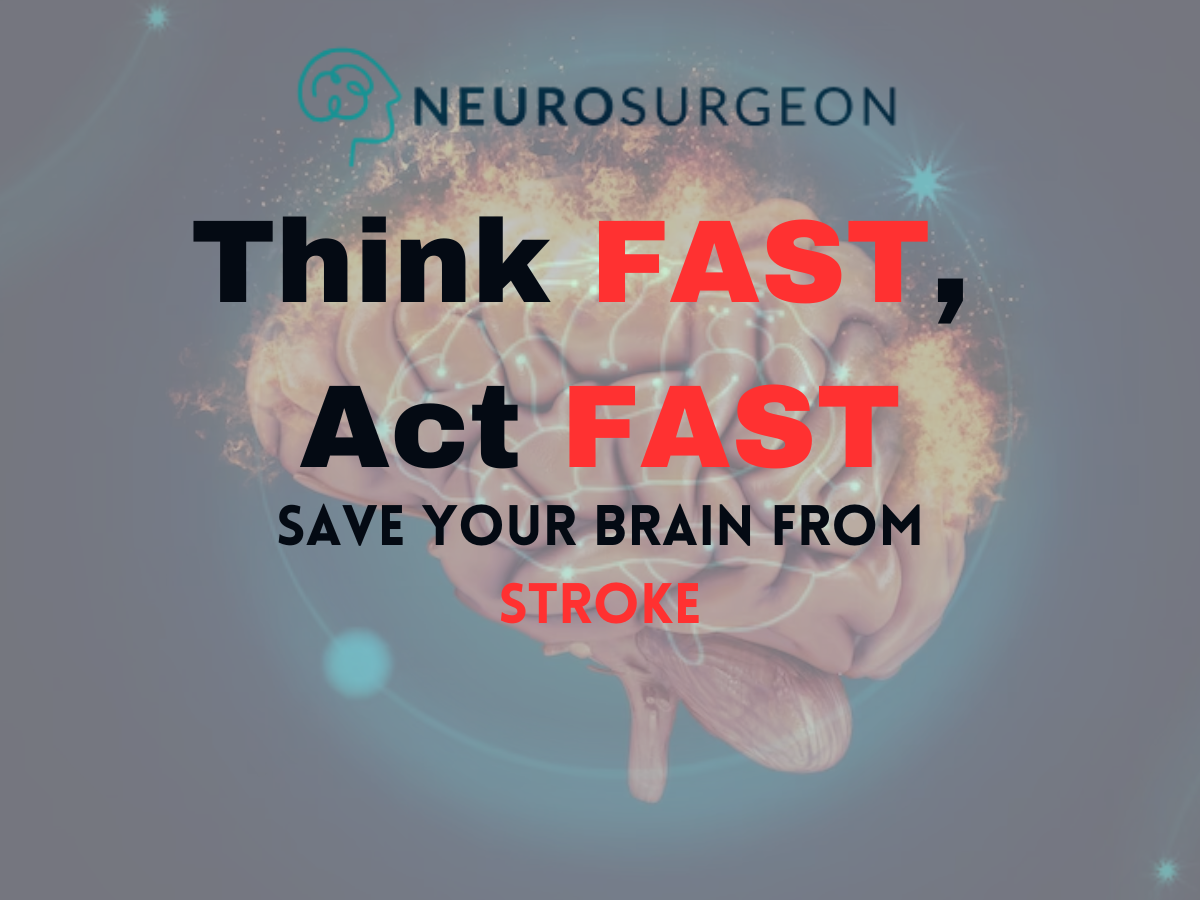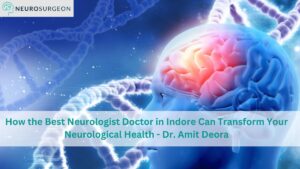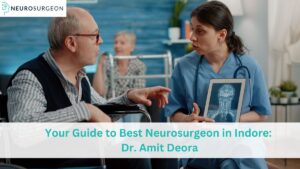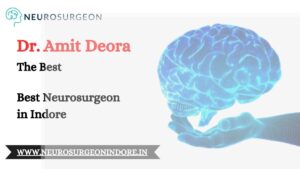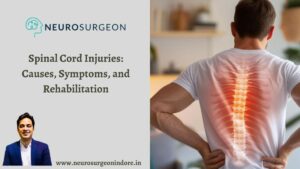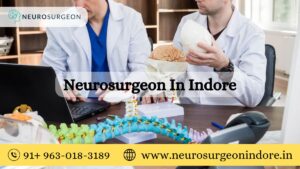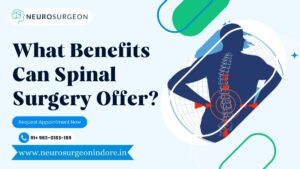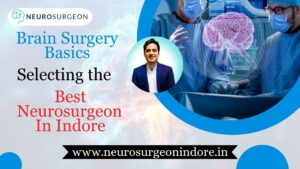Millions of people suffer from the deadly medical disease known as brain stroke, which can cause death or permanent disability. It can significantly affect the ability to save lives and limit the effects of this life-altering disaster by being aware of the significance of recognizing the signs and symptoms of a stroke and acting FAST.
We shall explore various aspects of Brain Stroke in this post, including its kinds, symptoms, risk factors, available treatments, and preventative measures. We want to enable people to act FAST when faced with a potential stroke situation by increasing awareness and promoting the “FAST” acronym.
Table of Contents
ToggleWhat is a Brain Stroke?
A Brain Stroke can occur when a blood artery in the brain bursts and leaks, blocking blood flow to the brain. The break or block keeps blood and oxygen from getting to the brain tissue. Without oxygen, the brain’s tissues and cells quickly suffer damage and begin to die, which causes a variety of symptoms.
When brain cells die, they typically do not recover, which can cause severe harm and can lead to neurological and mental disorders. The brain must receive adequate blood flow and oxygen as quickly as possible.
Types of Brain Stroke
Ischemic Stroke
Ischemic strokes make up around 85% of all strokes, making them the most frequent form. It happens when a blood clot blocks a blood vessel that supplies the brain, limiting it of nutrition and oxygen. To break the clot and reconnect blood flow to the affected part of the brain, quick medical attention is essential in this situation.
Hemorrhagic Stroke
When a blood artery in the brain bursts, bleeding takes place inside the brain tissue, resulting in hemorrhagic stroke. This kind of stroke frequently has high blood pressure as well, and it needs to be treated right away to stop the bleeding and reduce pressure on the brain.
Transient Ischemic Attack (TIA)
commonly referred to as a “mini-stroke,” is a brief interruption of blood flow to the brain. Although the symptoms might go away quickly, they act as a warning indication that a full-blown stroke could happen at any time.
It is essential to get medical help right away if you have a TIA in order to take preventative steps and lower your chance of having a subsequent stroke.
Signs and Symptoms of Brain Stroke
Recognizing the signs and symptoms of a brain stroke is vital in ensuring timely medical intervention. The FAST acronym serves as a useful tool in identifying and responding to a potential stroke situation:
- Face Drooping One side of the face may droop or feel numb. Ask the person to smile, and if one side of their face appears uneven, it could indicate a stroke.
- Arm Weakness Weakness or numbness may occur in one arm. Ask the person to raise both arms, and if one arm drifts downward or they struggle to hold it up, it may be a sign of a stroke.
- Speech Difficulty difficulty speaking and understanding others can be a significant indicator of a stroke. Ask the person to repeat a simple sentence, and if their words are jumbled or incomprehensible, urgent medical attention is necessary.
Time To Call Time is of the essence during a stroke. If any of the above symptoms are present, it is crucial to Call Emergency Services immediately and seek medical help.
Risk Factors For Brain Stroke
Several risk factors increase the likelihood of experiencing a brain stroke. While some of these factors are beyond our control, adopting a healthy lifestyle and managing modifiable risk factors can significantly reduce the risk. Common risk factors include
- High Blood Pressure Uncontrolled high blood pressure is a leading cause of strokes. Regular monitoring and effective management of blood pressure levels are essential in preventing strokes.
- Diabetes People with diabetes have an increased risk of developing cardiovascular diseases, including strokes. Keeping blood sugar levels under control through proper management is crucial
- Heart Disease Conditions such as coronary artery disease, heart failure, and atrial fibrillation can contribute to the formation of blood clots, increasing the risk of stroke. Proper treatment and lifestyle modifications are necessary to mitigate this risk.
- Physical Inactivity Leading a sedentary lifestyle and lack of regular physical activity can increase the risk of stroke. Engaging in moderate-intensity exercises, such as brisk walking or swimming, can significantly reduce this risk.
- Smoking Smoking damages blood vessels and increases the likelihood of blood clots, making it a significant risk factor for stroke. Quitting smoking is vital in reducing the risk and improving overall health.
- Heavy Alcohol Drinking Excessive alcohol consumption can raise blood pressure and contribute to the development of cardiovascular diseases. Limiting alcohol intake to moderate levels is recommended for reducing the risk of stroke.
Treatment and Prevention of Brain Stroke
A critical component of treating brain stroke is timely medical intervention. To increase the likelihood of recovery if a stroke is detected, it is essential to transfer right away to a facility with the necessary resources. Options for treatment include:
- Thrombolytic Therapy Within the first 3 to 4.5 hours following the development of stroke symptoms, thrombolytic medications, commonly referred to as clot-busting medications, can be given. These drugs aid in blood flow restoration and blood clot dissolution, reducing brain injury
- Mechanical Thrombectomy In some circumstances, a mechanical thrombectomy interventional technique may be carried out. Through this operation, blood flow to the brain is restored by removing a blood clot from a blood vessel that has become obstructed.
Conclusion
A brain stroke is a medical emergency that needs to be handled right away. Understanding the warning signs and symptoms of a stroke and the value of time in maintaining brain function are critical. People can drastically lower their risk of having a stroke by taking proactive steps to address modifiable risk factors, getting medical help right once, and taking preventative measures. Always keep in mind that “Think Fast and Act Fast because Time is Brain.”
